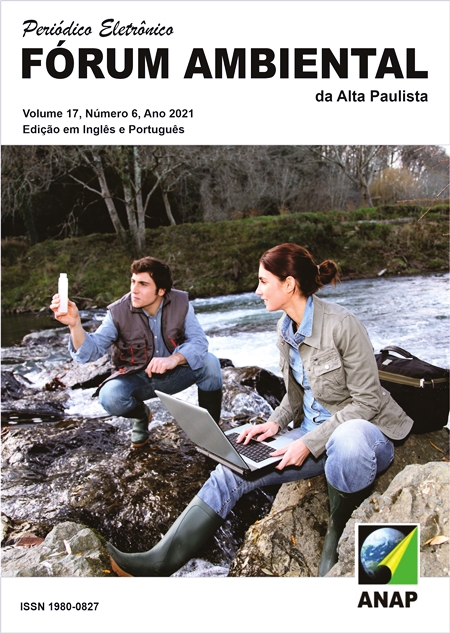Temporal performance of the management effectiveness of a protected area in the Brazilian Atlantic Forest, São Paulo, Brazil
DOI:
https://doi.org/10.17271/1980082717620213076Palavras-chave:
Protected areas, measurement, management effectiveness.Resumo
This work presents the monitoring of the effectiveness of the management of the Morro do Diabo State Park, Sao Paulo, Brazil, during fourteen years (2002-2016), divided into six-time cuts for which management effectiveness indices were obtained. This protected area (PA) of category II of the World Conservation Union is responsible for the conservation of important species of Brazilian biodiversity, especially the leonthopitecus chrysopygus, which until the 1980s was considered the most endangered primate of the planet and which this park has its largest free population in nature. The methodological procedure used was an adaptation of the one proposed by Cifuentes, Izurieta, and Faria (2000), commonly denominated EMAP, an acronym of the initials in Spanish. The results indicate that at the beginning of the analyzed period the AP had reasonable conditions for its management, although it presented difficulties related to planning and administration, problems solved from a joint organizational and local effort, prioritizing actions for results. The management quality standard gradually increased, with a greater perception of the scope of the area's management objectives, since in addition to the ecosystem services resulting from its existence, the PA started to offer real benefits to the community by improving and increasing public use and environmental education, for example. However, the effectiveness of management has decreased to previous levels, having as main factors endogenous aspects of the management system linked to indicators limited to management, with repercussions on other management components.












